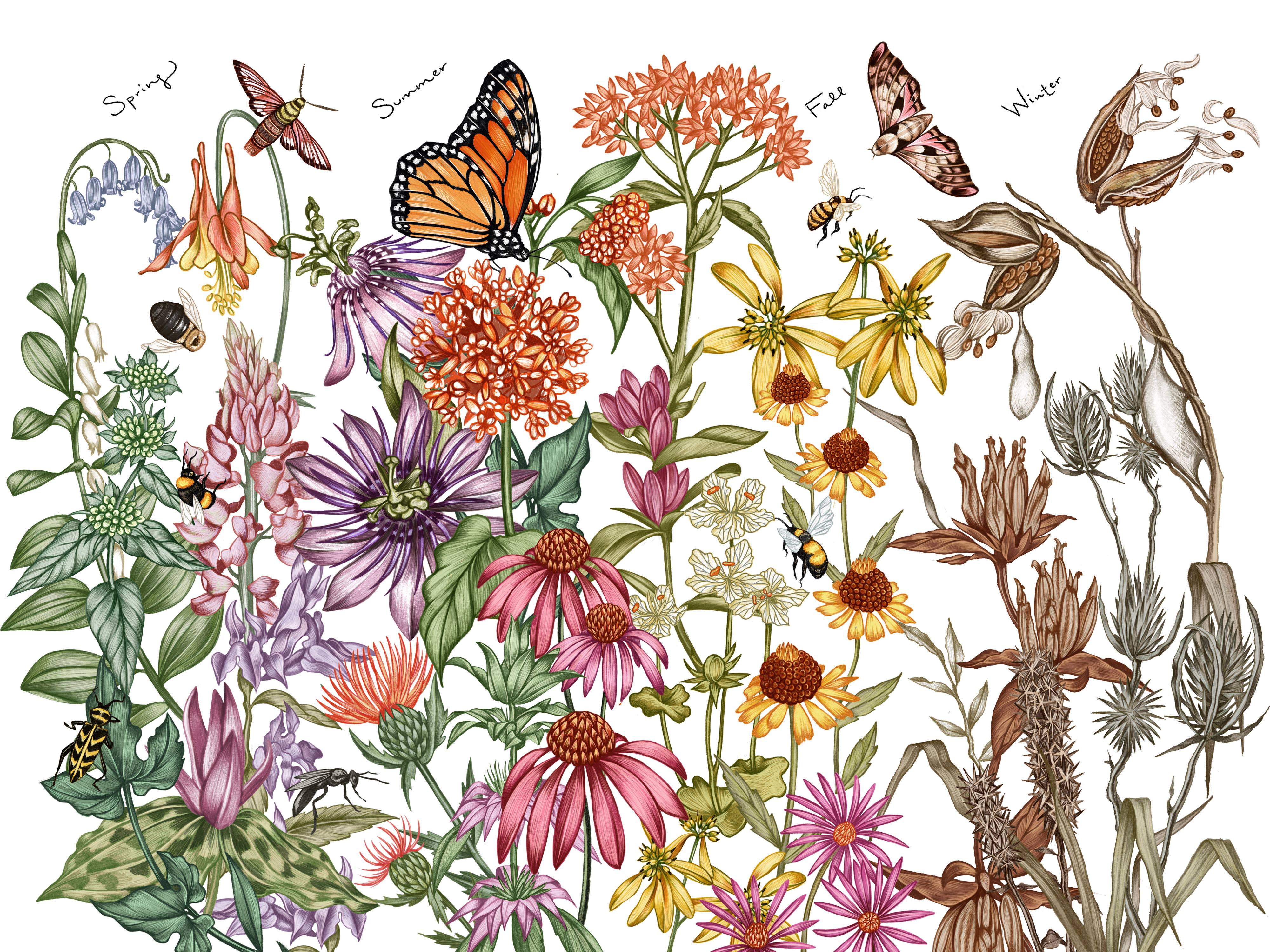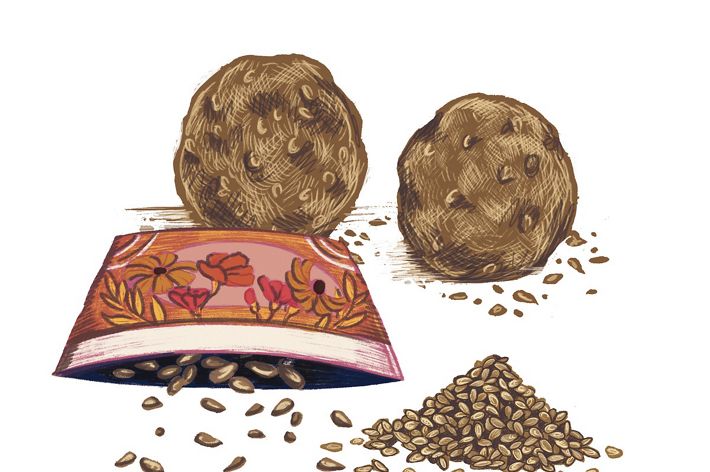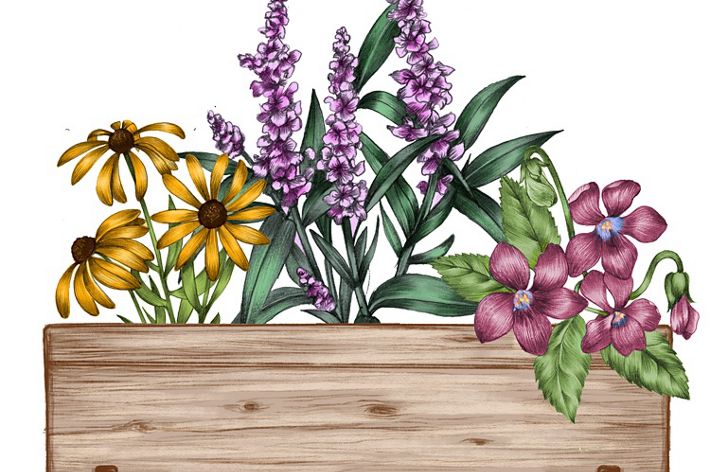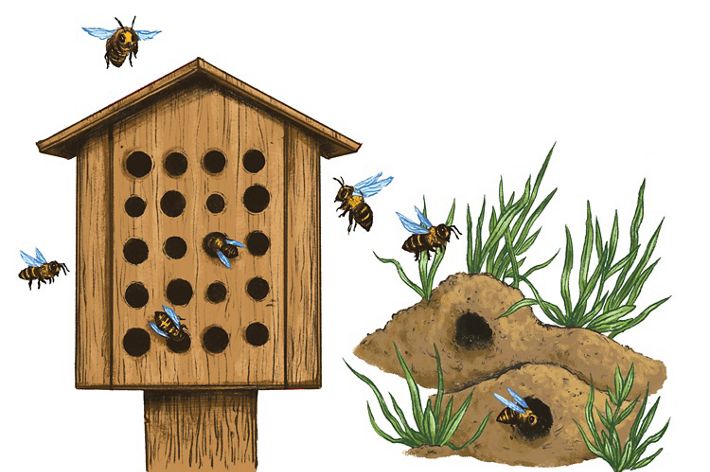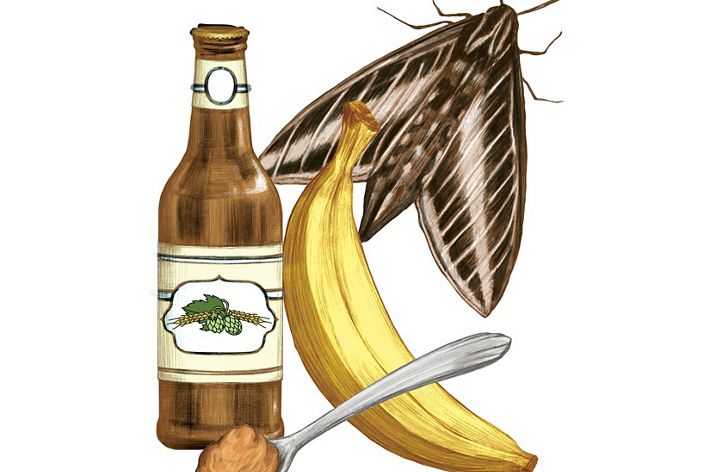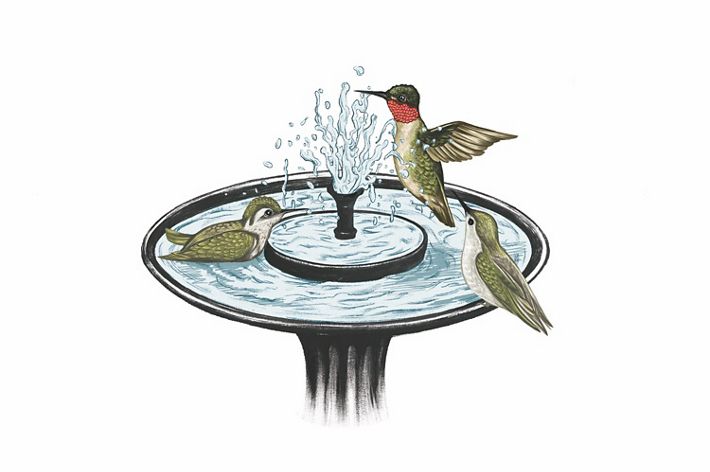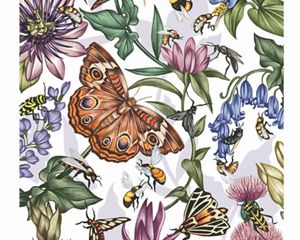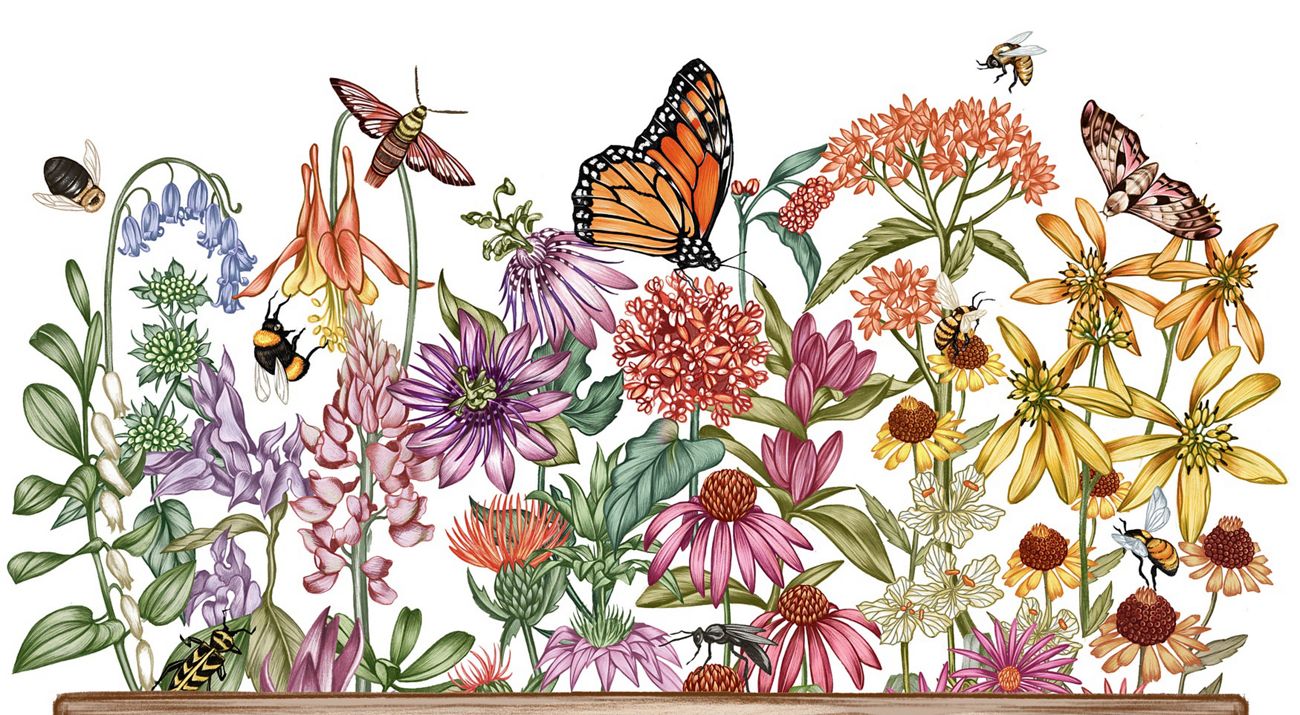
Creating a Pollinator Paradise
Put your DIY skills to use with one of these simple projects that will attract birds, bees and support biodiversity.

Read the accompanying magazine feature
"Planting for Pollinators," written by Lisa Bramen and illustrated by Lisel Jane Ashlock, explores native pollinators and the growing threats they face.
Want to help pollinators? In addition to supporting The Nature Conservancy’s work protecting and restoring habitat, the best thing you can do is to make your home, school, workplace or neighborhood pollinator friendly. Whether you live in a city high-rise, a suburban cul-de-sac or on a farm, you can create an oasis of pollinator habitat.
Put your DIY skills to use with one of these simple projects that will attract birds, bees and butterflies. Before you know it, the oasis you’ve created will be abuzz with pollinator activity. You'll be astounded at the biodiversity you can encourage.
Create a Four-Season Garden
Four-Season Garden
The more diverse your garden is, the more diverse pollinators it will attract. There is no single pollinator season, so plan your garden to have flowers appearing from spring through fall.
Planting native flowers is just one step in creating a year-round haven for butterflies and bees. From first seedling to last snowfall, follow these tips for making your garden pollinator friendly.
Night Shift
Don’t forget nocturnal feeders like moths and bats. Plant a “moon garden” of night-blooming flowers such as evening primrose or some cactuses, depending on what’s native to your area.
Be Specific
Local pollinators are adapted and attracted to flowers that grow naturally in your area. Exotic flowers may be pretty, but if they haven’t evolved alongside your local pollinators they may be of no use to them.
Monarch caterpillars eat only milkweed, but be sure to plant a variety that is native to your region. Some tropical species may encourage monarchs to lay eggs outside their regular mating season, disrupting migration.
Hold the Spray
Avoid using insecticides whenever possible. If you do use them, research the least toxic options and apply only where and when they will be most effective and least harmful to pollinators.
Friend or Foe?
Learn to differentiate between beneficial wildflowers and weeds that will take over your garden if you let them get out of control. Weed while plants are young, but avoid using herbicides.
Let It Be
Resist the urge to cut down dead flowers and clear all leaf litter at the end of the season, as this is where caterpillars of resident butterflies and moths often build their cocoons.
We Can’t Save Nature Without You
Sign up to receive monthly nature news and updates.
Create Islands of Habitat
Seed Bombs
Make seed bombs by rolling up ping- pong-sized balls of wildflower seeds, dirt and clay, then toss them in your back- yard, vacant lots or empty fields that are devoid of pollinator plants. The clay prevents birds from eating the seeds, and the dirt helps them germinate.
Flower Boxes
Use recycled materials like pallets or old containers to make an attractive flower box that will support pollinators even in an urban setting.
Bee a Good Neighbor
Bee Blocks and Varied Nesting Areas
A block of untreated wood with holes of varying sizes drilled in it invites a variety of boring bees to move in. Burrowing bees need patches of dirt that are clear from debris and leaves. Other ground-nesting bees build their homes in leaf litter.
Moth Mania
Attract moths with a paste of beer, brown sugar and overripe banana, then smear it on a tree trunk. But keep the sugary treats away from your house, as they may attract ants.
Avian Oasis
Build a Hummingbird Bath
Any shallow container, such as a sheet pan, can be fitted with a burbling fountain to make an inviting spot for hummingbirds to drink and bathe. Add red accents and place the bath near a perch.
